Die-cutting is a kind of processing technology, and its principle is to use a punching machine to indent and punch the product in the way of product processing. Traditionally, die-cutting is a general term for in-mold die-cutting and creasing processes for printed packaging materials. With the continuous rise and development of electronic products, die-cutting has developed from die-cutting of packaging and printing materials in the traditional sense to mold stamping and cutting of soft and high-precision products such as self-adhesive, foam, mesh, and conductive materials. Forming process, collectively referred to as die cutting.
Die-cutting is not limited to the development and specific position of the electronics or printing industry. The industry has developed to this day. We consider all products that can be automatically punched and indented by using flat or round cutters to belong to the die-cutting industry. The fields involved are not just the electronic printing industry.
In production, we will encounter various die-cut products, but common die-cut products can be divided into the following categories according to their use and structure:
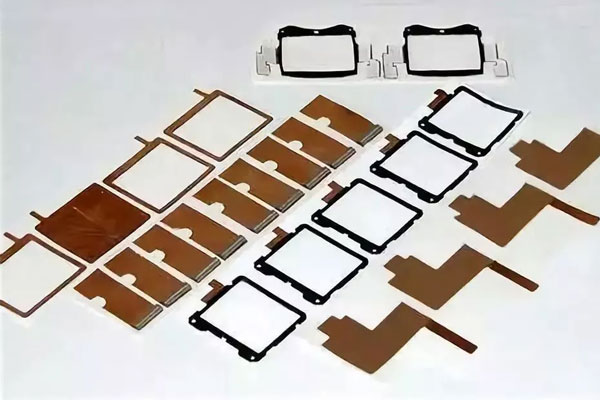
(Electronic Die Cutting Products)
1. Adhesive: It mainly plays the role of pasting, that is, the double-sided adhesive is die-cut into the required shape according to the customer's requirements. The general form is face paper + glue + bottom paper. Under normal circumstances, there are single sheets of facial paper with handles, which are consistent with the shape of the glue; there are also single sheets without handles, whose shape is larger than the shape of the glue; Both the paper and the bottom paper have a release type, and the materials include paper and PET, and the release force is selected according to the customer's requirements.
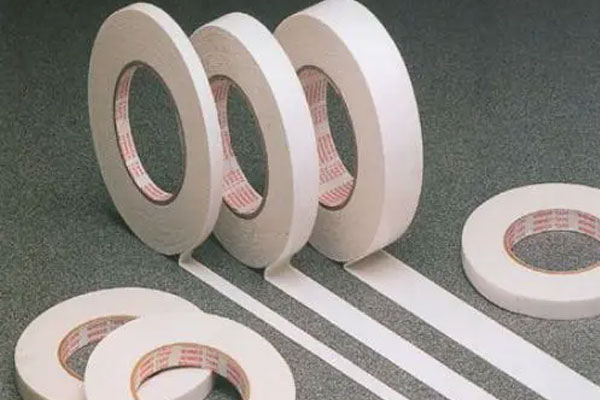
(double sided tape)
2. Glue + mesh: it mainly plays t he role of dustproof and waterproof. That is to say, the mesh is die-cut into the desired shape, and the double-sided tape of the desired shape is pasted on for customers to use. The general form is mesh+glue+backing paper. According to different needs, choose mesh yarns with different characteristics, such as waterproof, non-waterproof, metal-plated and so on.
Another common form is: surface paper + glue + mesh + bottom paper. This form of product not only has the dustproof function of mesh, but also takes into account the pasting function of double-sided adhesive tape.
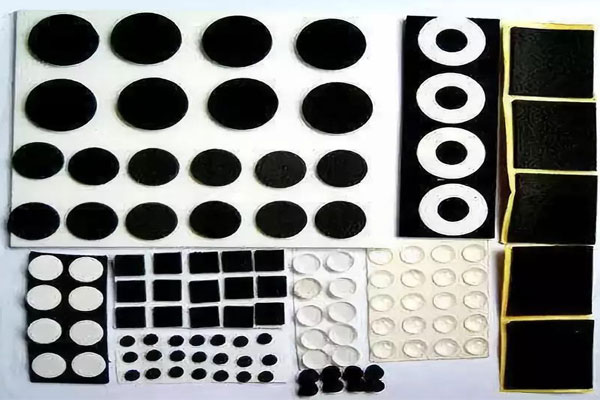
(screen yarn material)
3. Glue + foam: mainly play a shockproof role. That is, the foam and glue are laminated together and die-cut into the desired shape. The general form is: foam + glue + backing paper; there is another form: backing paper + foam + glue + backing paper. This form of product not only has the function of shockproof, but also has the function of sticking double-sided adhesive tape.
Depending on the type of foam, it will also play a different role, but this type of product is mostly used in the processing and assembly of electronics and digital products, and the bonding and fixing of advertisements, electronic street signs, and LED boards.
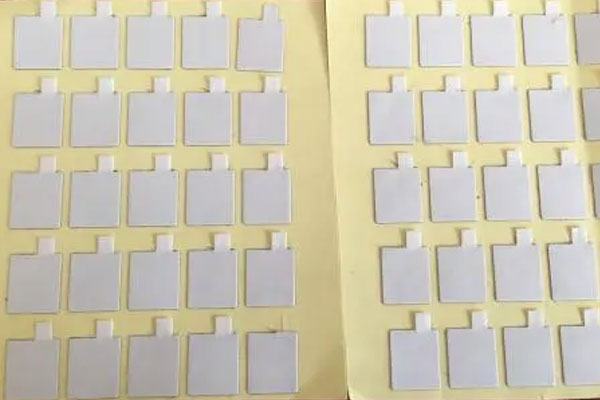
(electronic component material)
4. Glue + foam + glue + mesh: the general form is: mesh + glue + foam + bottom paper. It mainly plays the role of waterproof, dustproof and shockproof, or sticks electronic components and casings together, so as not to fall off or shift.
The main function of this type of product is to decorate and protect the product from damage. Some require high aesthetics, but some sophisticated electronic products now require dense and small holes in the mesh sand, and higher data requirements.
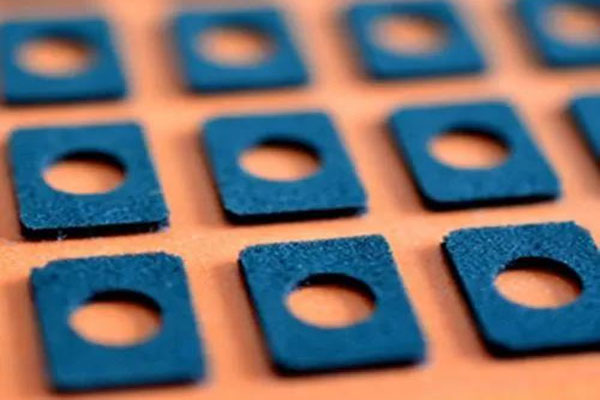
5. Protective film: It is mainly used to stick on the surface of other products, such as lenses, for protection. Such products have very strict requirements on appearance, and scratches and dirt are not allowed.
Generally, different protective film materials are selected according to different application methods and requirements. Commonly used materials are: Nitto7568, P1020, HR6030, etc. Some products are pasted on other products and used in the circulation process to play a protective role. Generally, it will be torn off in the next link or process, and some protective films are pasted on the end products and directly listed, and the requirements are higher.
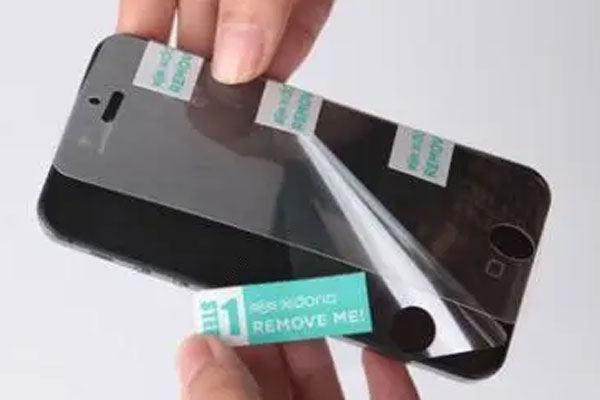
(Mobile phone protective film)
6. Glue + non-woven fabric: It also plays the role of dustproof and waterproof. Commonly used materials are: 3M9448, etc., which have good initial tack and stickiness, easy die-cutting, good stability, good stickiness to plastic, rubber, and rough surfaces; good stickiness at high temperatures, press tape Different colors are divided into white glue and black glue. Widely used in various fields such as automobiles, digital cameras, LCDs, TVs, PDAs, LCD liquid crystal displays, and laptop computers
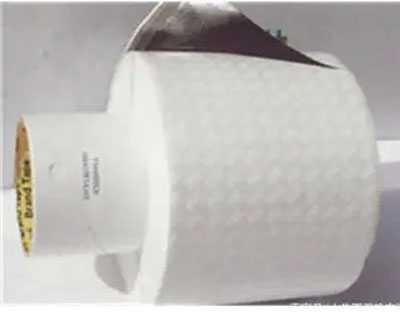
(3m9448 material double-sided tape)
7. Other categories: such as conductive cloth, copper foil, aluminum foil, etc., which mainly play the role of shielding and conduction. This type of die-cut product is used between the heat source and the heat sink. By removing the air between the heat source and the heat sink, the heat of the electronic device can be distributed more evenly and the heat dissipation efficiency can be accelerated. Generally, various thermal interface materials need to have good thermal conductivity and surface wettability.
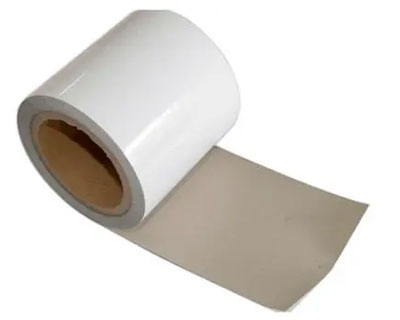
(conductive cloth)
Contact: Pamela
Phone: +86 189 6365 3253
E-mail: info@industryprocess.com
Whatsapp:+86 189 6365 3253
Add: Yajing Industrial Park, No. 59 Shuangjing Street, Weiting Town, Suzhou Industrial Park
We chat
